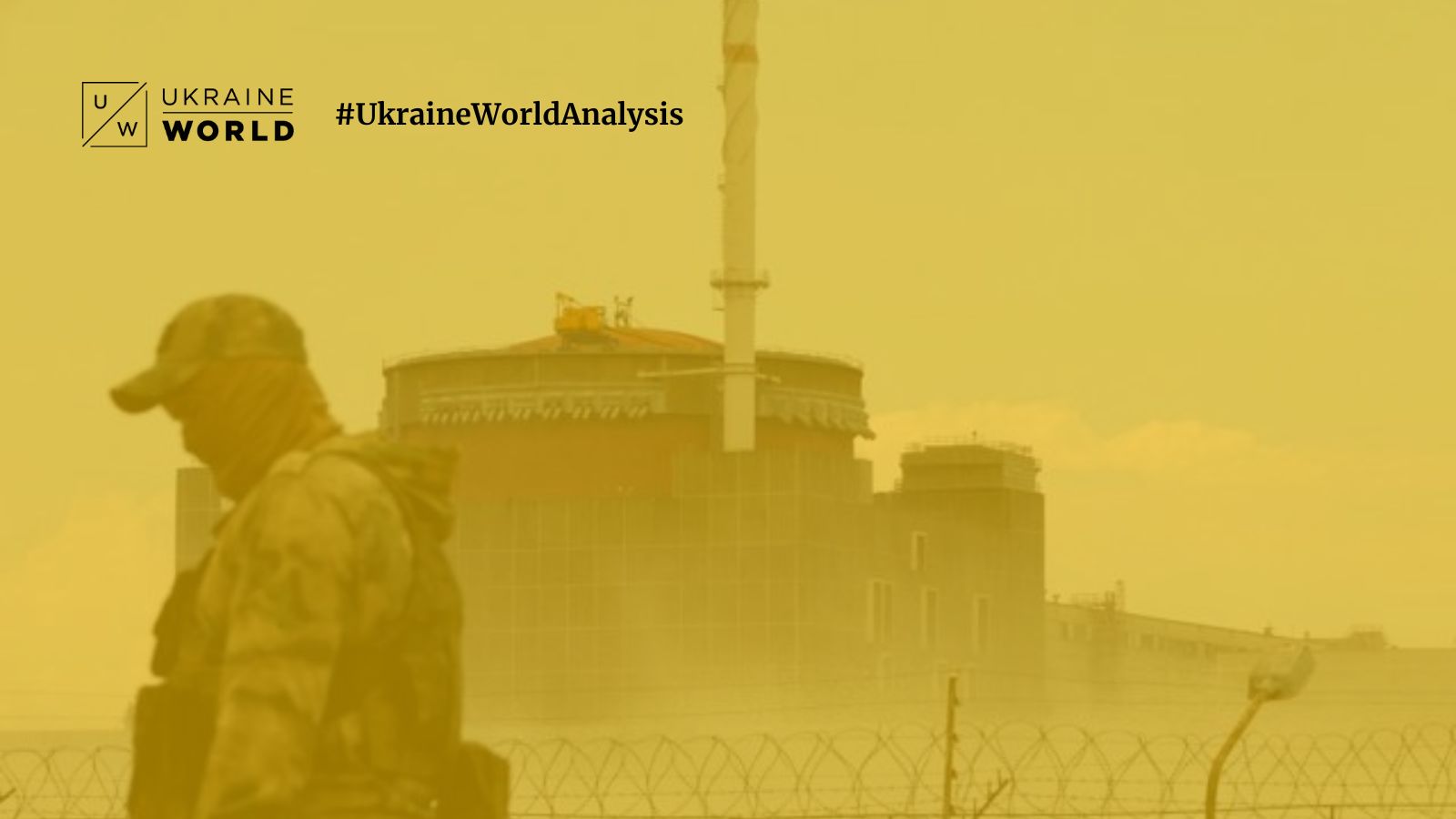
According to Ukraine's military intelligence head Kyrylo Budanov, Russia fully developed and approved a plan for a terrorist attack on the Zaporizhzhia NPP. He reported that Russian troops have mined the ZNPP cooling pond and had placed equipment filled with explosives near 4 of the 6 power units of the plant.
"The situation has never been as serious as it is now," Budanov insisted.
Ukrainian President Volodymyr Zelenskyy stated that Russia was considering carrying out a terrorist act at the Zaporizhzhia NPP with the release of radiation. Currently, the Ukrainian government and emergency services are getting ready for a possible nuclear disaster.
So, what could the Russians do at the Zaporizhzhia NPP, and what are the possible consequences? UkraineWorld asked two Ukrainian experts.
Russia has been preparing the information space for negative events at the ZNPP since May 2023. They carried out a fake evacuation of residents from Enerhodar. Russia made reports to the IAEA about 105 kamikaze drones being downed over the ZNPP over a 10-day span, and about the alleged detention of Ukrainian saboteurs with explosive devices near the plant.
Thus, Russia has tried to prepare the info background in order to be able to blame Ukraine for its own crimes.
As of now, 5 out of 6 power units of ZNPP are in a state of cold shutdown, while the remaining power unit #5 is in a state of "hot" shutdown.
Even though the State Atomic Energy Regulatory Commission issued an order to put this power unit into a state of cold shutdown, the occupation authorities are refusing to do this in order to increase the risks in the event of a disaster.
The Russians are maintaining it in a state where they would be able to bring it to the minimum controlled power (for example, 1%), which would significantly increase the release of heat.
The difference between a reactor accident in a state of cold and hot shutdown is significant.
In a cold shutdown state, the primary coolant temperature is 70°C. If there is a failure in the cooling system, 8 days would pass before a serious accident with the melting of the active zone, as in Fukushima.
In a hot shutdown, the primary coolant temperature is 275°C, and in the absence of cooling, a catastrophic melting of the active zone would occur after 27 hours.
After the destruction of the Kakhovka HPP on June 11, divers from the Russian Ministry of Emergency Situations were supposedly strengthening the shutters in the cooling pond to prevent the water level from falling. This is when the mining could have happened.
Russia has been following a path of creating man-made disasters. For Putin, the accident at the ZNPP is the last trump card to stop the Ukrainian counteroffensive.
It is difficult to estimate the consequences of a possible accident, since they depend on many factors, from weather conditions to the condition of the power units at the time of the accident.
It is not really possible to project the negative consequences of an accident, since the extent of contamination depends on the volume of nuclear emissions, which is determined by the processes in the reactor. Every accident has its own course, and the situation at the moment of the accident determines everything.
However, it is possible to create a rough estimate of the worst-case scenario. For these calculations, we assume a major accident on an operating reactor, but all isotopes with a half-life of less than 1 year are excluded from the nuclide composition of the emissions.
As a result, we can obtain a conservative estimate of emissions, which would correspond to a class 7 accident according to the INES international scale of radiation accidents, which is similar to the accident at the Fukushima NPP.
When calculating the spread of radioactive substances in the atmosphere using the worst case meteorological scenario, the distance at which the total effective dose for 1 year after the accident exceeds 10 mSv is 540 km. In this scenario, iodine prevention would not be carried out. The maximum radius of the area where people must shelter indoors is approximately 200 km. The maximum length of the evacuation zone would be much shorter at 20 km.
It is difficult to accurately tell how processes will take place in reactors that are in a cold shutdown. If the cooling system is destroyed, the consequences would depend on the state of the reactor core, how much the temperature rises, how long the heating takes place, and what measures would be taken to overcome the consequences.
Under the same emission scenario, the consequences could vary heavily depending on the weather conditions. For example, the size of the evacuation zone could be several times larger or smaller.
We are talking only about an accident in the cooling system. But other scenarios are also possible. For example, there is a repository for radioactive waste at the ZNPP, but the volume of emissions during accidents at these facilities should be assessed separately.
